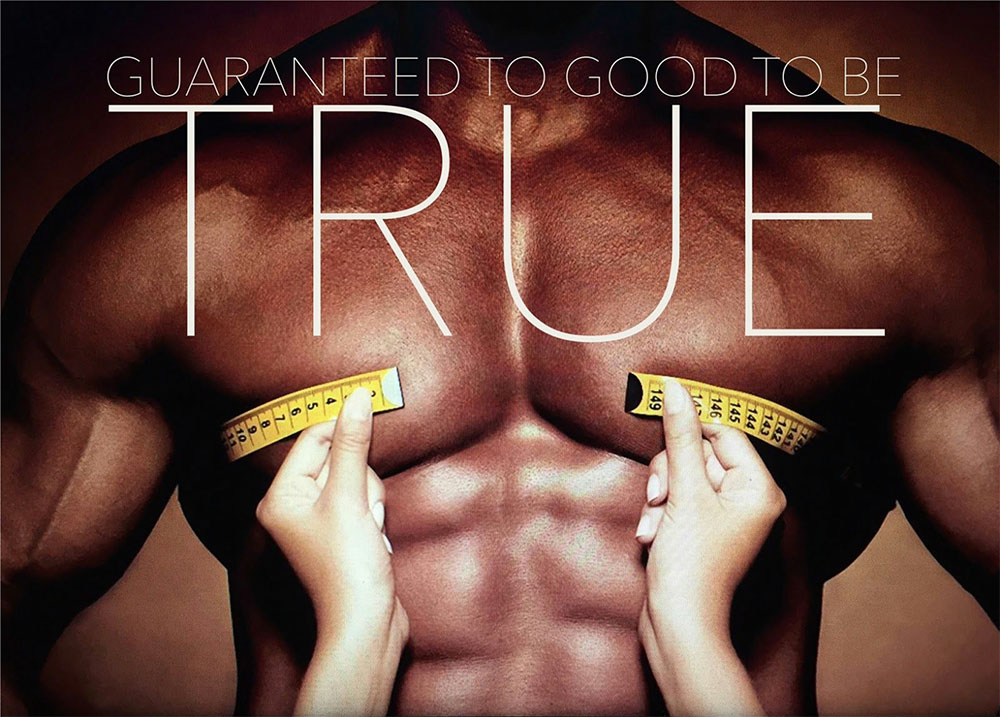Do you believe in magic?

You wouldn’t buy a watch from inside a dirty trench coat right? But would you buy a “revolutionary new fat busting breakthrough”? Why do people fall for charlatans again and again? The simple answer is because they really really want what they’re being promised. And hope springs eternal. If you’re looking for a laugh, Muscle and Fitness has a list of the top 10 fitness gimmicks that are hilarious until you consider they were all designed to profit from people who desperately want to be fit and healthy.
Everyone needs to exercise and eat well to maintain a healthy body. But fit seems that for every wellqualified expert in the field of fitness, there is also someone trying to sell a gimmick that not only doesn’t work, but makes claims that hook people who are in most critical need of a regular exercise program. The sad truth is that truth is that their most effective lure is frequently the promise of no hard work or dieting.
How can we explain things like body contouring wraps that claim to reduce inches and promote the loss of one half dress or pant size in a single treatment, and products like fat burning gels that claim to “cut through stubborn layers of fat” or sauna suits that offer to let you stop struggling to shed those extra pounds and “jump into your bikini in an instant”. What about the before and after photos or the animated graphics that show a body with excess fat shrink down to zero body fat and rippling muscles? How can those be actual results from products that tout just minutes a day and eating the foods you love? Which begs the question, are fitness companies allowed to misrepresent the truth, AKA lie?
The BBC’s article The art of before and after showed how they created photos illustrating physical improvements with just 2 hours between the “before” and “after” shots. Any magic there? Yes, the magic of spray tans, lighting, posture and posing. Are before and afters that use such techniques lies or creatively misleading? When an infomerical comes on the TV screen, it’s a common impulse to laugh and question the legitimacy, but because the product is claiming to help people with a problem that they’re currently struggling with, it can lure them with the faint hope of an easy solution that’s perhaps even fun or at least painfree.
With the CDC (Centers for Disease Control and Prevention) stridently warning that poor physical condition and obesity has reached the levels of epidemic in adults let’s look at what standards our government has for making claims in the health and fitness industry.
We asked fitness attorney Drew Amoroso at Fit Law about the standards for making a product claim. “Fitness companies that make claims about the benefits of their products should ensure that the claims are truthful and not misleading. The Federal Trade Commission (FTC) has the primary responsibility for ensuring that companies comply with these requirements, and requires that before using ad the advertiser must have adequate substantiation for all objective claims made about the product. To enforce these rules, the FTC often looks to clinical trials or other scientific studies to determine whether there is adequate evidence to support such claims.”
So while terms like ‘cure’, ‘proven’, and ‘guarantee’ may be bandied about less because of FTC scrutiny, it’s still potential buyer beware when it comes to deciphering the sea of ‘improves’, ‘reduces’, ‘appearance’ and ‘felt’ that seem to be everywhere in the world of fitness.And in the end, following the old adage may be the best guide: “If something seems too good to be true, it probably is.”
So how do people get and stay physically healthy? Follow a sensible dietary guidelines, and find a workout discipline that works for your body and commit to doing it regularly and often.
